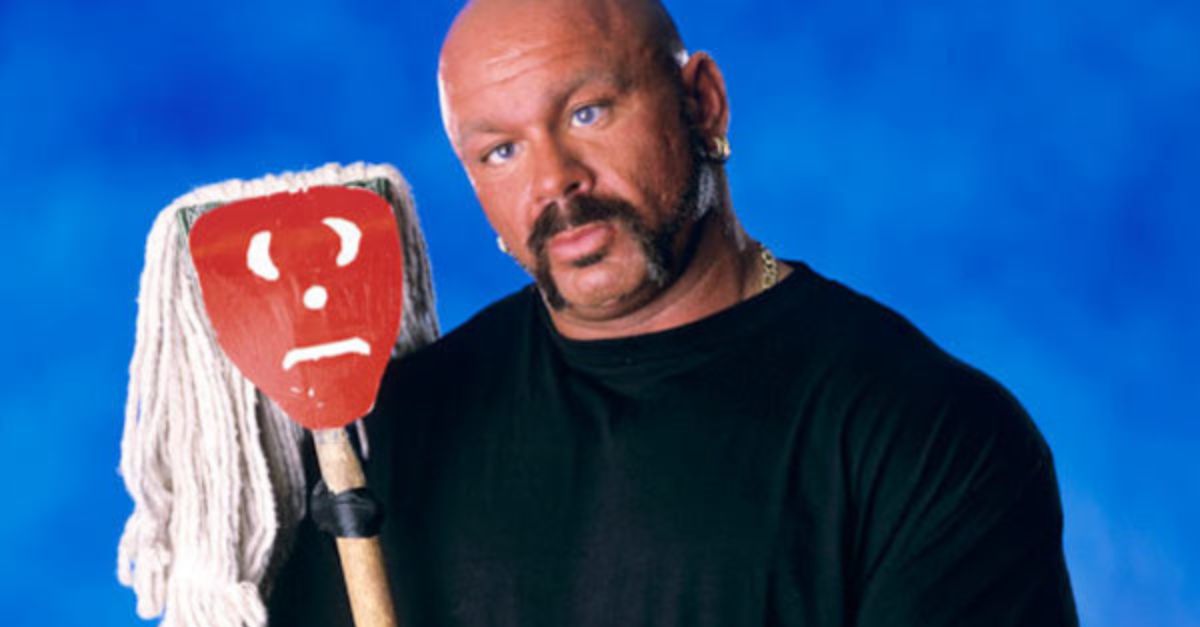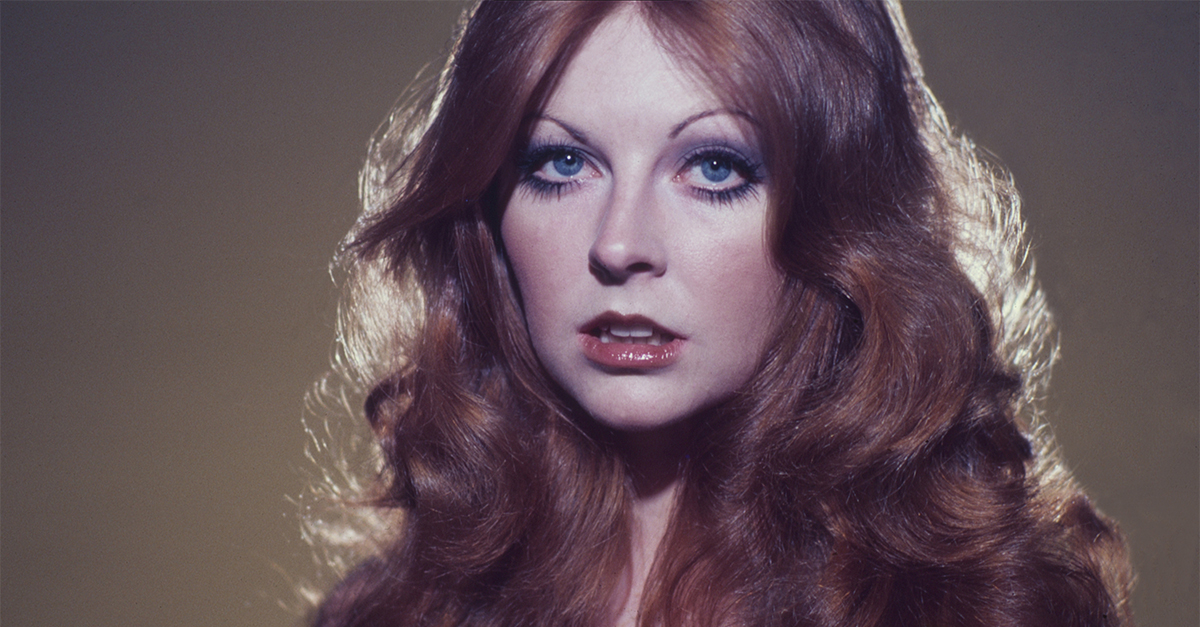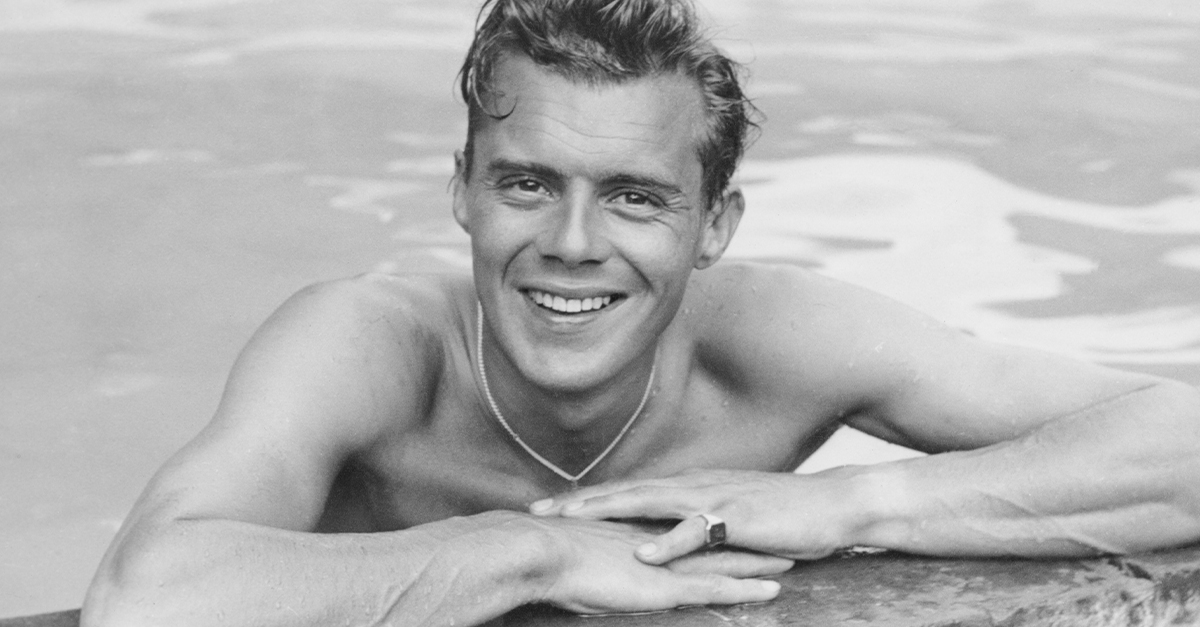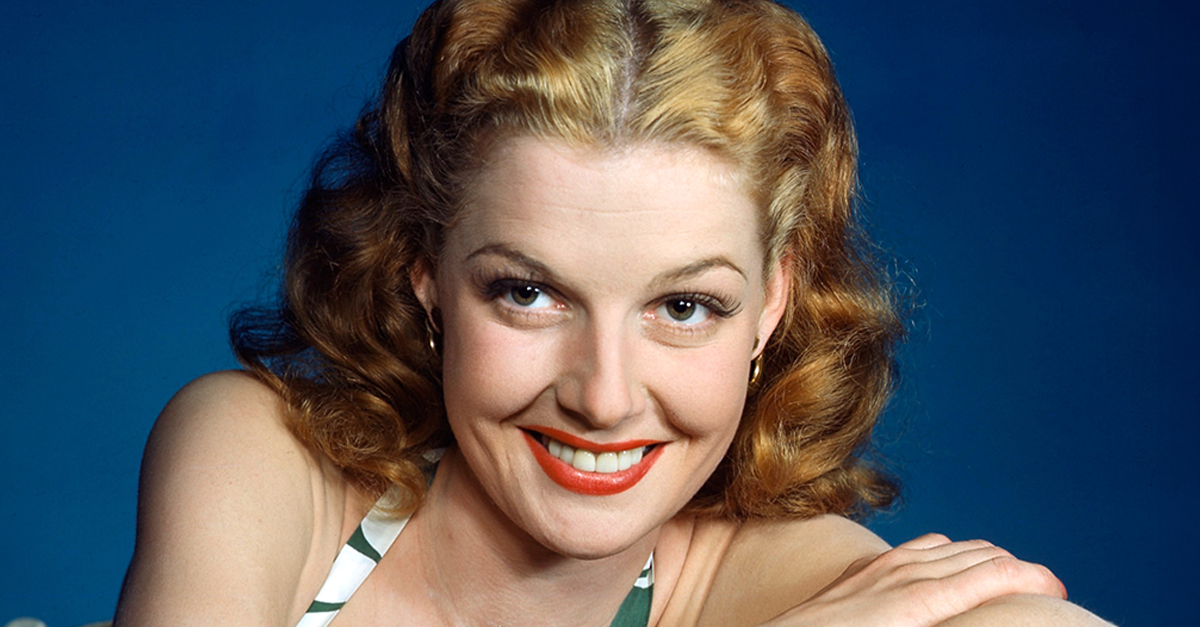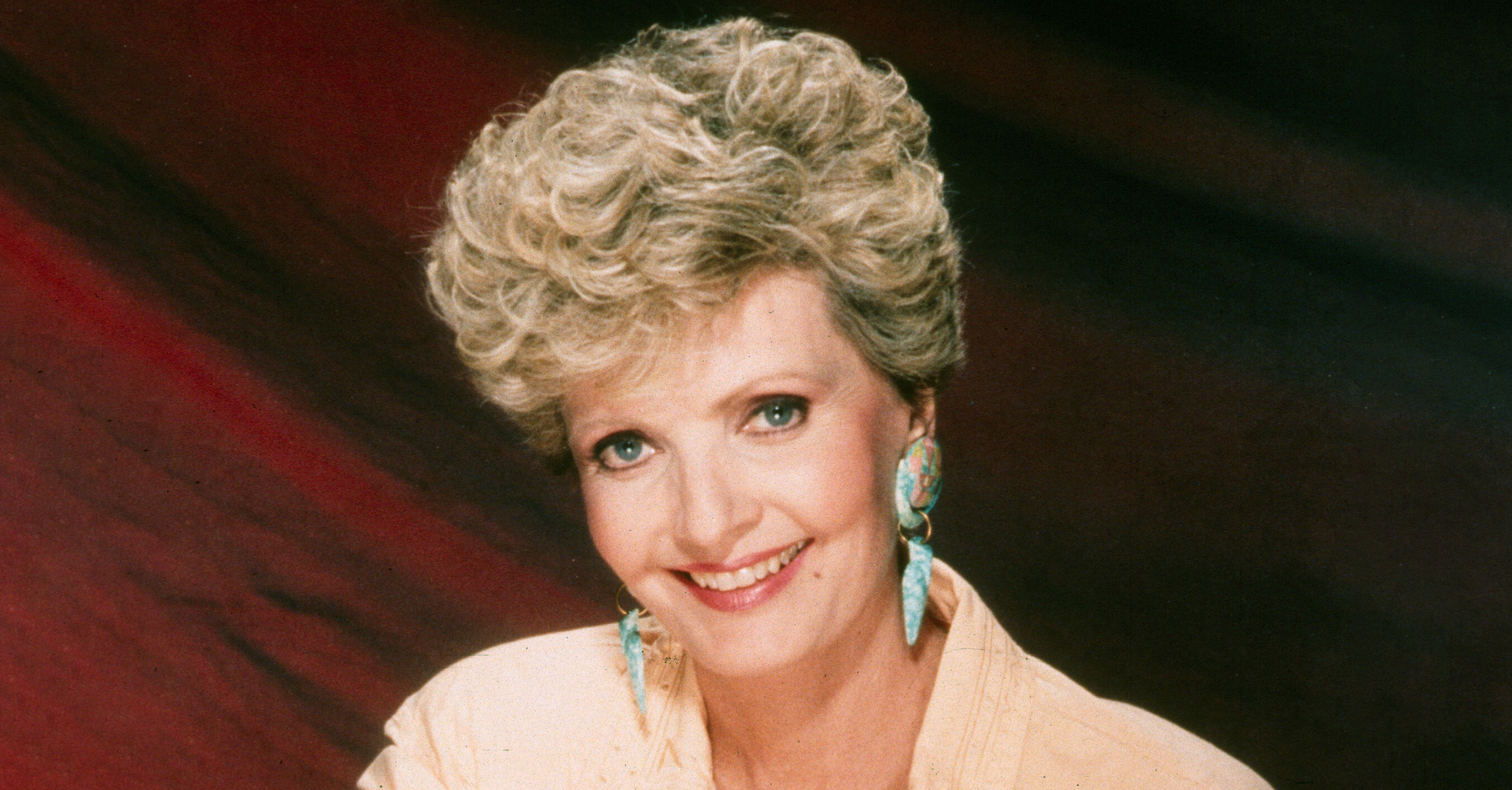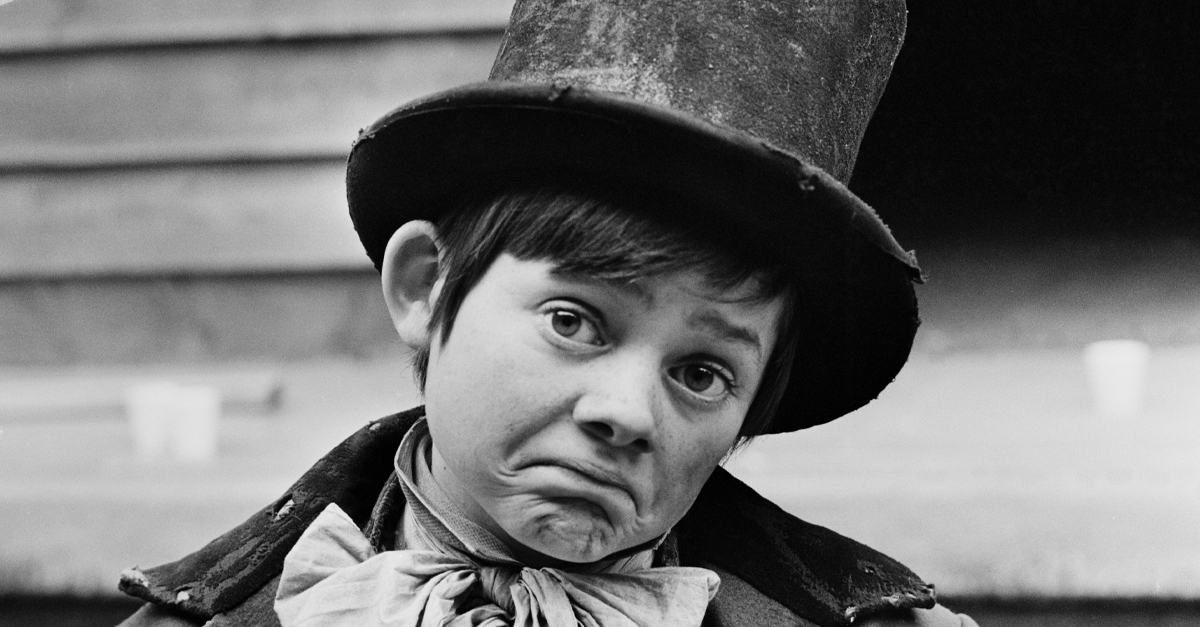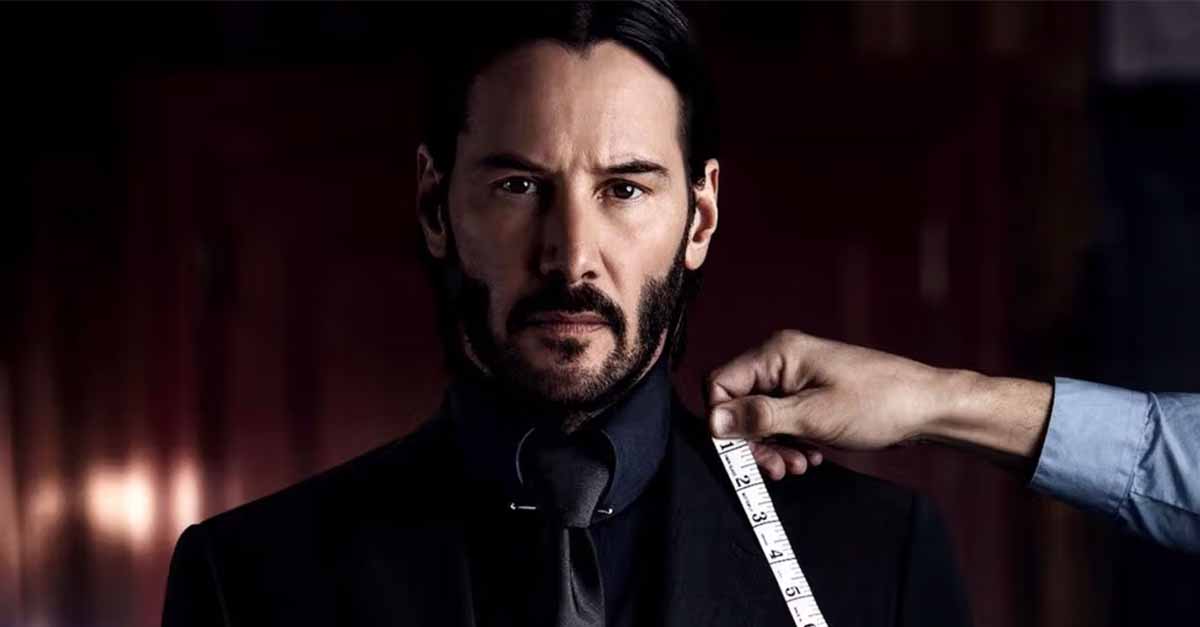Wrestling’s Biggest Rebrand
The WWF-to-WWE name change in 2002 signaled a creative shift that quietly pushed several stars out of the spotlight. Some left without a storyline, never mentioned again. Others made a single appearance, and that was it.

Steve Blackman
Steve Blackman brought a unique presence to the WWF roster with his real-world martial arts background and no-nonsense persona. Debuting in 1997, he became a staple for using escrima sticks and delivering stiff offense. However, it all changed a few years later.
Steve Blackman (Cont.)
Despite consistent crowd reactions and strong in-ring showings, Blackman disappeared from WWE television in 2001 with no storyline explanation or on-air sendoff. He didn’t transition into the new WWE branding but made a one-night return in 2007 for Raw's 15th Anniversary Battle Royal.
 Steve Blackman ring entrance by WWE
Steve Blackman ring entrance by WWE
The Headbangers (Mosh & Thrasher)
The Headbangers captured fan attention in the late 1990s with a grunge-inspired look and willingness to push in-ring boundaries. As the WWF transitioned to WWE in 2002, their edgy persona no longer fit the evolving product, and they were phased out.
 The Headbangers Mosh and Thrasher are BACK! by wrestleaxxess
The Headbangers Mosh and Thrasher are BACK! by wrestleaxxess
The Headbangers (Mosh & Thrasher) (Cont.)
Although they made several returns in 2016, they were treated as a novelty and not a relaunch. WWE never featured them in Hall of Fame discussions or long-term tag team retrospectives. Once champions in a booming division, The Headbangers became overlooked casualties of a shifting entertainment brand.
 Is this the last we have seen of the Headbangers?: SmackDown Live Fallout, Aug. 30, 2016 by WWE
Is this the last we have seen of the Headbangers?: SmackDown Live Fallout, Aug. 30, 2016 by WWE
Grandmaster Sexay (Brian Christopher)
As part of Too Cool, Grandmaster Sexay brought charisma to the late WWF years. Following a legal issue in 2001, he was released quietly. Christopher returned to WWE programming under his real name in 2004 and made some minor appearances in 2011. Nevertheless, he remained absent from tribute shows and legacy reunions.
 Mike Kalanik, Wikimedia Commons
Mike Kalanik, Wikimedia Commons
Crash Holly
WWE wouldn’t have been the same without the chaos Crash Holly introduced through the 24/7 rule. His ability to combine absurd comedy with legitimate grit made him a standout during the late Attitude Era. Released in 2003 without much attention, his departure aligned with WWE’s changing structure.
 Crash Holly debuts in WWE: Raw, Aug. 16, 1999 by WWE
Crash Holly debuts in WWE: Raw, Aug. 16, 1999 by WWE
Crash Holly (Cont.)
Just months later, he passed away at 32. Despite his major contribution to a fan-favorite era, WWE hasn’t acknowledged his legacy as much as it did with other stars. His vanishing act, both from programming and from historical tributes, remains a tragic element of the transition between Attitude and Ruthless Aggression storytelling.
 Crash Holly Loses His Cool With The APA by Attitude Era Memories
Crash Holly Loses His Cool With The APA by Attitude Era Memories
Dean Malenko
A master technician and respected Radicalz member, Dean Malenko retired from in-ring action in 2001 and transitioned to a backstage agent role. Though still influential behind the scenes, he never wrestled again in WWE or appeared regularly on-screen during the Ruthless Aggression or PG eras following the brand transition.
 REW ( Revolution Eastern Wrestling), Wikimedia Commons
REW ( Revolution Eastern Wrestling), Wikimedia Commons
Tiger Ali Singh
Tiger Ali Singh’s aristocratic heel persona never resonated strongly with audiences. A series of injuries and backstage tension led to his quiet exit by 2002. Though he filed a lawsuit against WWE for discrimination, he never returned in any capacity. He disappeared entirely from the company’s public-facing legacy content.
Gillberg
As a parody of Goldberg, Gillberg provided comic relief during the Monday Night Wars. His act became obsolete as WWE phased out exaggerated gimmicks. After the rebrand, he was never reintroduced to weekly programming. Later cameos didn’t alter the fact that his regular TV presence ended with the Attitude Era.
 Adam Rickert, Wikimedia Commons
Adam Rickert, Wikimedia Commons
Perry Saturn
Few wrestlers fell as quickly from rising star to forgotten name as Perry Saturn. After arriving with The Radicalz in 2000, he quickly showcased an intense, technical style. However, a suspected concussion and an increasingly bizarre storyline involving a mop derailed his career.
 Flickr user: drdarindavis, Wikimedia Commons
Flickr user: drdarindavis, Wikimedia Commons
Perry Saturn (Cont.)
He disappeared from WWE television in 2002, never to return for a match or tribute segment. While others from the Radicalz found legacy recognition, Saturn did not. Off-screen, he later struggled with addiction and homelessness. His absence from WWE’s official history represents a jarring contrast to his once-prominent role.
Meat (Shawn Stasiak)
Introduced as “Meat” and later repackaged during the Invasion, Shawn Stasiak struggled to establish a lasting WWE identity. By 2002, he was released and never returned for another storyline. Though he continued wrestling briefly elsewhere, WWE never revisited his character or legacy in any meaningful on-screen form.
 Shawn Stasiak (Meat) vs. Road Dogg by Sean Pford
Shawn Stasiak (Meat) vs. Road Dogg by Sean Pford
Essa Rios
High-flying offense and a breakout partnership with Lita made Essa Rios a brief but memorable fixture of the Light Heavyweight division. When WWE began moving away from its smaller divisions, his TV time diminished. By 2001, he was released with no storyline exit, unlike other cruiserweights who reappeared in later years.
 alanis! (sergio alanis), Wikimedia Commons
alanis! (sergio alanis), Wikimedia Commons
The Godfather
Known for his flamboyant "pimp" persona, The Godfather was phased out as WWE cleaned up its image post-2002. Charles Wright returned in other personas, but the Godfather character was shelved indefinitely. Despite occasional cameos, he was never reintegrated into regular programming during the Ruthless Aggression or PG eras.
 Miguel Discart, Wikimedia Commons
Miguel Discart, Wikimedia Commons
Al Snow
A cult favorite with the mannequin head gimmick, Al Snow was a midcard mainstay until 2002. He shifted to developmental and Tough Enough coaching roles. This meant he left his on-screen persona behind. Though respected backstage, his wrestling character never returned to main programming once WWE’s new direction solidified.
Savio Vega
A key figure in the mid-1990s, Savio Vega, played an important role in bridging WWE’s New Generation and Attitude Eras. He was a reliable in-ring hand and worked major feuds. Later, he led Los Boricuas during the faction-heavy late 1990s.
 John Jewell, Wikimedia Commons
John Jewell, Wikimedia Commons
Savio Vega (Cont.)
After 2000, he gradually faded from television without an official retirement or farewell. Unlike many peers from his era, Savio never returned for Royal Rumble cameos or network specials. His complete absence from WWE's legacy programming is especially notable given his earlier visibility.
 John Jewell, Wikimedia Commons
John Jewell, Wikimedia Commons
Rodney (Mean Street Posse)
Rodney debuted as one-third of the Mean Street Posse, a faction built around Shane McMahon’s Greenwich friends. Dressed in sweater vests and khakis, they were comic relief but participated in real matches and brawls during the Attitude Era. As the company shifted tone and Shane’s character evolved, Rodney’s role faded.
Pete Gas (Mean Street Posse)
Recognized slightly more than his Posse counterpart, Pete Gas often took the brunt of beatdowns in matches and brawls. Although he had minimal experience, he appeared in several title scuffles and multi-man contests. Before WWE's rebranding in 2002, both he and Rodney disappeared from television with no acknowledgement.
 Pete Gas Last Match in WWE by J WWE
Pete Gas Last Match in WWE by J WWE
Pete Gas (Mean Street Posse) (Cont.)
Unlike other Attitude Era alumni, Pete was never invited back for nostalgia matches or commentary roles. He published a memoir reflecting on his wrestling years, though WWE offered no support or spotlight. His full absence shows how gimmick-heavy characters were rapidly phased out as the company shifted tone and identity.
 Pete Gas Last Match in WWE by J WWE
Pete Gas Last Match in WWE by J WWE
Chaz (Mosh Without Thrasher)
After The Headbangers lost momentum, Chaz was repackaged in a string of gimmicks that never caught on. His most visible role post-tag team was in Lo Down. It was a short-lived alliance with D’Lo Brown featuring a stereotypical rebranding that didn’t sit well with fans or management.
Chaz (Mosh Without Thrasher) (Cont.)
WWE pulled the group from TV in 2001, and Chaz exited without resolution. Unlike many Attitude Era alumni, he never returned for a guest spot or a Hall of Fame nod. His contributions remain largely absent from WWE’s narrative history despite being part of a tag team that once held championship gold.
 Headbanger Mosh on how I met Glen Ruth aka THRASHER by Title Match Wrestling
Headbanger Mosh on how I met Glen Ruth aka THRASHER by Title Match Wrestling
Rico Constantino
Rico brought a distinct flair to WWE during its post-Attitude rebranding years. With exaggerated charisma and surprising athleticism, he stood out in both managing and wrestling roles. He captured tag team gold with both Rikishi and Charlie Haas but never advanced beyond the midcard.
 Mshake3 at en.wikipedia, Wikimedia Commons
Mshake3 at en.wikipedia, Wikimedia Commons
Rico Constantino (Cont.)
By 2004, WWE released him quietly, and Rico vanished from wrestling and television. He has been largely excluded from retrospectives or nostalgia content, although he had a unique character. Rico’s brief presence now feels like a forgotten experiment during a time of rapid creative evolution and branding change.

